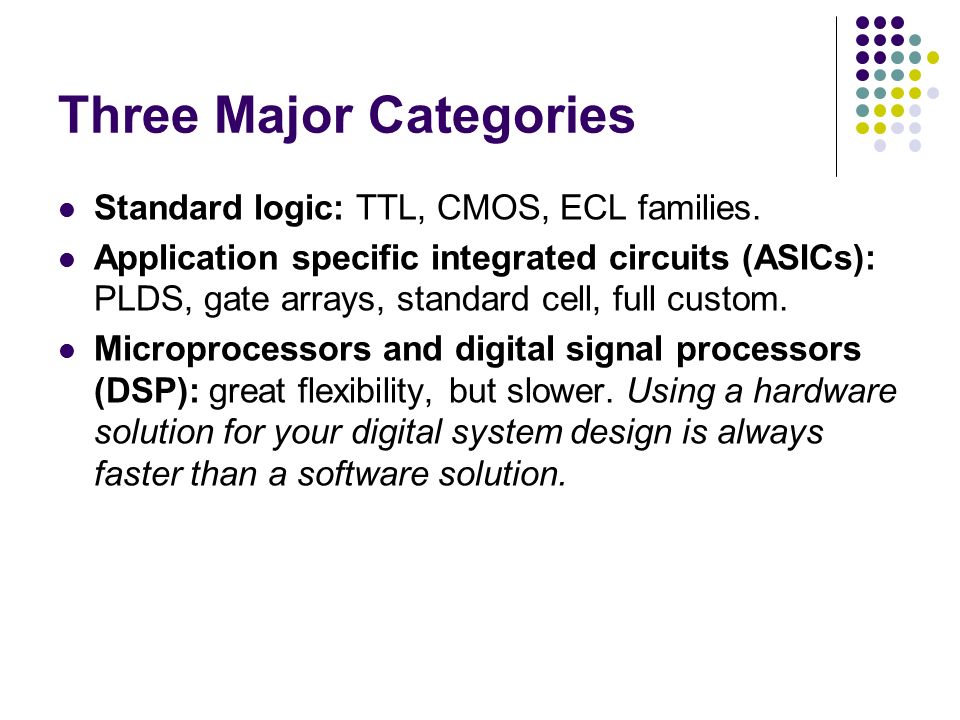Cmos Pld Programming Hardware And Software
Minimum Recommended Operating system (OS) XP SP2 Vista Processor (CPU) Intel Pentium D (Dual-core) 2.8 GHz AMD Athlon 64 3500+ Intel Core 2 Duo 2.4 GHz AMD Athlon Dual Core 4400+ System memory (RAM) 1 GB 2 GB Hard disk drive (HDD) 5.1 GB Video card (GPU) ATI Radeon X800 Nvidia GeForce 7600 128 MB of VRAM DirectX 9.0c compatible ATI Radeon HD 2600 Nvidia GeForce 8800 GT 256 MB of VRAM Sound (audio device) DirectX 9.0c compatible Controller Official Guitar Hero X-Plorer Guitar Controller Other 6X DVD-ROM drive. Download game guitar hero untuk pc windows 7.
Jan 14, 2018 - See CMOS PLD Programming Hardware & Software Support for information on software/program-ming. Electronic Signature Word. Programming/Erasing Programming/erasing is performed using standard PLD programmers. See CMOS PLD Programming Hardware and Software Support for information on software/ programming. Programming/Erasing 8. Input and I/O Pin Keepers All ATF22LV10CZ/CQZ family members have internal input and I/O pin-keeper circuits. Therefore, whenever.
Atmel CPLD Development Kit and programmer- ATF15xx-DK3-U This kit is the USB version of Atmel's ATF15xx-DK3 developmement kit. It includes a board with 44pin TQFP socket, a USB CPLD programmer (ATDH1150USB-K), two CPLD sample devices (ATF1502 and ATF1504) and links to all software needed to develop CPLD applications.
Atmel CPLD Programmer - ATDH1150USB-K This is the updated ATDH1150USB CPLD programmer for In System Programming of Atmel ATF15xx CPLD chips. It uses Atmel ATMISP 7 software. Universal Programmers Our Universal programmers from Wellon support PLD and CPLD programmable Logic Devices, so if you want to program CPLD (Complex Programmable Logic Device), or 16V8, 20V8 or 22V10 PLD from other manufacturers, such as Lattice, then have a look at:. The Wellon programmer range are low cost and different versions support a wide range of flash, EPROM, DRAM, SRAM and EEPROM memory, PLD, CPLD, and microcontrollers. Atmel PLD devices Atmel simple PLD (Programmable Logic Device) such as 16V8 and 22V10 are flash based programmable logic, so are re-programmable 100's of times. They are configured using the CUPL Description language and can be equivalent to older PAL and GAL devices or used as 16V8 or 22V10 devices. The 16V8 PLD is ideal for logic training and general electronics as it can be programmed to be logic gates, inverters, flip-flops and registers using the CUPL programmable logic description language.

It, and other Programmable Logic Devices (PLD)like 22V10 also give security and flexibility to your electronic circuits. CUPL Description Language CUPL Programmable Logic Description Language is a compiler that converts logic equations into a Fuse map (JEDEC file) for the PLD programmer. Pins can be named using Kanda template, logic equations are simplified, Karnaugh maps can be employed and state machine techniques can be used.
4) Restart your computer, then Microsoft Virtual Wifi Miniport Adapter driver would be installed automatically. Mhotspot not working driver problem found with wireless adapter.
The full version of CUPL programmble logic description language has simulation tools for testing equations, syntax for state machines and support for CPLD. Products of Interest.
All logos and trademarks are the property of their respective owners. Kanda supply our AVR programmer range, PIC programmer range, Universal programmers, AVR board, CANUSB and all our other products to electronic engineers worldwide.
We have happy customers for our AVR, PIC and Universal Programmer and other electronic tools in UK and Ireland, Norway, Denmark, Sweden, Finland and other European countries like Netherlands, Switzerland, Austria, Germany, France, Belgium, Spain and Italy. Outside of Europe, Kanda is strong in USA, Canada, Brazil and other South American countries. We also supply our products further afield in Russia, Australia, Singapore, South Korea, Japan, New Zealand and India. In fact, wherever you are in the world, you can rely on Kanda.
Contents • • • • • • • • • • • • Early programmable logic [ ] In 1969, offered the XC157, a mask-programmed gate array with 12 gates and 30 uncommitted input/output pins. In 1970, developed a mask-programmable IC based on the read-only associative memory or ROAM. This device, the TMS2000, was programmed by altering the metal layer during the production of the IC.
The TMS2000 had up to 17 inputs and 18 outputs with 8 for memory. TI coined the term (PLA) for this device.
In 1971, Company (GE) was developing a programmable logic device based on the new (PROM) technology. This experimental device improved on IBM's ROAM by allowing multilevel logic. Intel had just introduced the floating-gate erasable PROM so the researcher at GE incorporated that technology.
The GE device was the first erasable PLD ever developed, predating the EPLD by over a decade. GE obtained several early patents on programmable logic devices. In 1973 introduced a mask-programmable PLA device (DM7575) with 14 inputs and 8 outputs with no memory registers. This was more popular than the TI part but cost of making the metal mask limited its use. The device is significant because it was the basis for the field programmable logic array produced by in 1975, the 82S100. ( actually beat Signetics to market but poor yield doomed their part.) In 1974 GE entered into an agreement with (MMI) to develop a mask–programmable logic device incorporating the GE innovations.